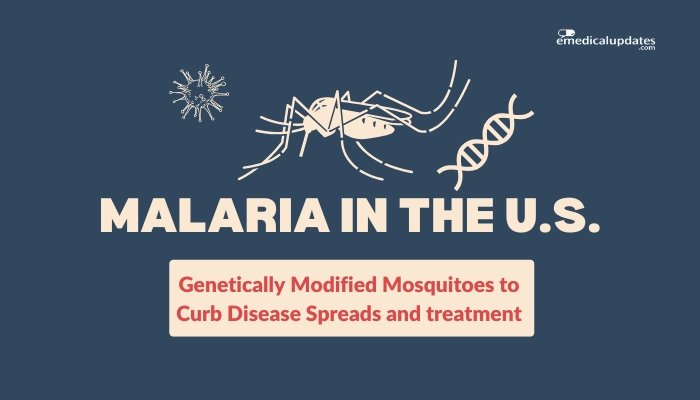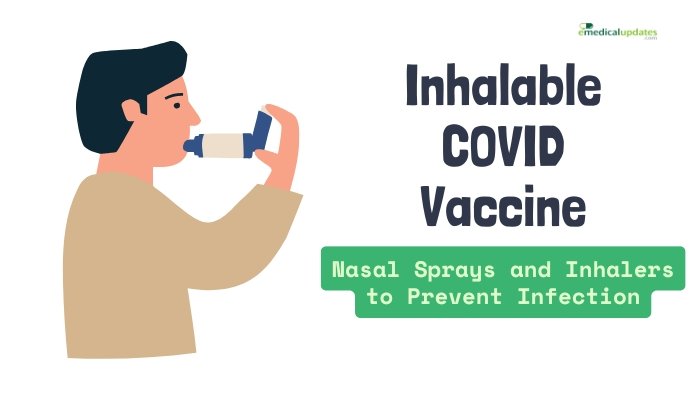Introduction
Polio, caused by the poliovirus, once paralyzed or killed hundreds of thousands globally. Thanks to mass vaccination, polio cases have fallen dramatically. Yet sporadic outbreaks persist, often in regions with incomplete immunization.
While effective vaccines exist, no approved antiviral therapy helps once someone is infected—patients can only receive supportive care to manage symptoms and complications. Now, researchers are working on an experimental antiviral drug that targets the virus directly, aiming to limit damage, reduce transmission, and possibly serve as a bridge solution in areas with low vaccine coverage.
This article highlights why a polio antiviral matters, how the new candidate works, and what it could mean for eradicating the disease.
Polio’s Ongoing Threat
Current State of Polio
- Near Eradication: Wild poliovirus remains endemic in only a couple of countries (e.g., Afghanistan, Pakistan), but vaccine-derived strains can cause outbreaks elsewhere.
- Neuroinvasive: Polio can infect the spinal cord, leading to irreversible paralysis—particularly in unvaccinated populations.
- Persistent Gaps: Conflict zones, vaccine hesitancy, or insufficient healthcare infrastructure hamper complete eradication.
Limitations of Existing Strategies
While vaccines are cornerstone tools, they don’t help once infection occurs. Oral polio vaccine (OPV) can rarely revert to a harmful form, sometimes causing vaccine-derived outbreaks. Meanwhile, those with active polio rely mainly on supportive interventions (ventilatory support, rehab), underscoring the potential need for a direct antiviral therapy.
Why Develop an Antiviral for Polio?
Treatment Gap
- Post-Infection: For those infected, especially unvaccinated or immunocompromised individuals, halting viral replication could prevent or reduce paralytic outcomes.
- Outbreak Control: An antiviral might block further spread in communities where the virus is circulating. This is particularly valuable if immunization coverage is patchy.
Complement to Vaccines
A polio drug wouldn’t replace immunization, but it might provide:
- Emergency Response: In outbreak settings, administering the antiviral could contain the virus while vaccination campaigns ramp up.
- Bridging People Who Missed Vaccines: Some individuals might not mount an adequate immune response or may be immunodeficient. An antiviral may serve as a fallback measure.
The Experimental Polio Drug in Development
Mechanism of Action
This investigational antiviral (let’s call it “Compound P”) presumably works by:
- Targeting Viral Replication: Possibly binding to a site on the poliovirus capsid or polymerase, preventing the virus from copying its genetic material within cells.
- Broad-Spectrum Picornavirus Activity: Some compounds might also impact other related enteroviruses, though polio remains the chief focus.
Early Lab Data
Laboratory and animal model tests reportedly show:
- Significant Viral Load Reduction: Fewer viruses present in cells.
- Protection from Paralysis: In polio-susceptible animals, the drug mitigated nerve damage.
- Favorable Safety Profile: No major toxicity signals so far. Next steps involve careful human trials.
Clinical Trial Progress
Phase I: Safety and Pharmacokinetics
Early-phase trials likely aim to confirm whether Compound P is well tolerated in healthy volunteers:
- Monitoring Adverse Events: Checking for GI upset, liver/kidney function changes, or other side effects.
- Optimal Dosing: Understanding how the body absorbs, distributes, and eliminates the drug.
Phase II: Efficacy in Outbreak or High-Risk Settings
Researchers might test the drug in populations exposed to polio or in recent outbreak conditions:
- Measuring Viral Shedding: Polio virus presence in stool or blood.
- Neurological Outcomes: If infection was confirmed, does the drug reduce paralysis risk or severity?
Challenges
- Ethical and Logistical: Field trials in polio-endemic areas require robust monitoring, consenting processes, and alignment with existing public health interventions.
- Low Incidence: With polio cases historically rare in many regions, finding enough subjects for a large efficacy trial can be difficult.
Prospects and Caveats
Potential Benefits
- Stop the Spread: Limiting viral replication could curb shedding and community transmission.
- Reducing Paralysis: If started early, it might prevent nerve involvement.
- Complements Eradication Efforts: Another tool in the arsenal, especially for sporadic vaccine-derived polio or in conflict zones.
Remaining Questions
- Window of Treatment: Polio’s neurological impact often starts soon after infection; how quickly must the drug be given?
- Long-Term Resistance: Polio virus might evolve or mutate. Continuous surveillance would be essential.
- Access and Cost: Pricing and availability could hamper broad usage in low-income regions, where polio risk remains highest.
Frequently Asked Questions
- Will this drug replace polio vaccines?
- No. Vaccination remains the cornerstone of polio prevention. The antiviral might complement immunization in acute infections or special scenarios.
- How close is it to approval?
- It appears to be in early clinical stages. Widespread availability likely requires successful Phase II/III data, then regulatory review.
- Is polio still a big threat worldwide?
- While greatly reduced, polio remains endemic in a few countries and can appear in regions with incomplete vaccination. Vaccine-derived strains also pose sporadic outbreak risks.
- Could it help those already paralyzed?
- It may not reverse existing nerve damage. The main goal is preventing further damage or newly emerging cases.
- Will we still need the polio vaccine after this drug is approved?
- Yes. Vaccines provide long-term immunity, preventing infection in the first place. The drug addresses post-infection scenarios or local outbreak control.
Conclusion
The concept of a direct antiviral therapy for polio is novel but potentially transformative, offering hope of stalling disease progression and reducing transmission in outbreak contexts. By attacking the virus at replication stages, such a drug could meaningfully support polio eradication efforts—particularly where vaccination alone has faced logistical or acceptance hurdles. Although still in the early phases of development, if validated, it might significantly bolster the arsenal of public health measures, complementing vaccination and further curtailing polio’s grip on vulnerable communities.
However, turning a promising lab finding into a globally accessible tool is no small feat. Challenges like establishing real-world efficacy, ensuring low costs for developing regions, and seamlessly integrating with vaccination programs will define whether an anti-polio drug can truly help finish the job that polio eradication campaigns started. For now, researchers and global health advocates alike watch these trials closely, hopeful for a new potent weapon to end polio for good.
References
-
- WHO (2023). “Polio: Key facts and ongoing eradication initiatives.”
-
- CDC. (2022). “Global polio eradication status.”
-
- Nathanson N, Kew OM. (2019). “From emergence to eradication: the epidemiology of polio.” J Infect Dis.
-
- Symington R, et al. (2021). “A novel antiviral approach targeting enterovirus replication.” Antiviral Res.






